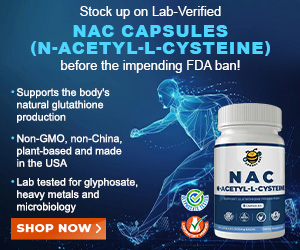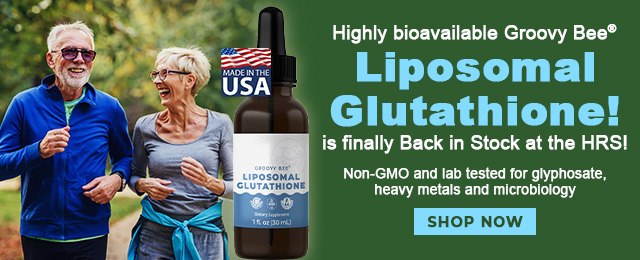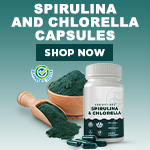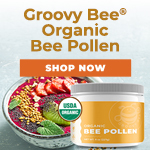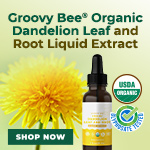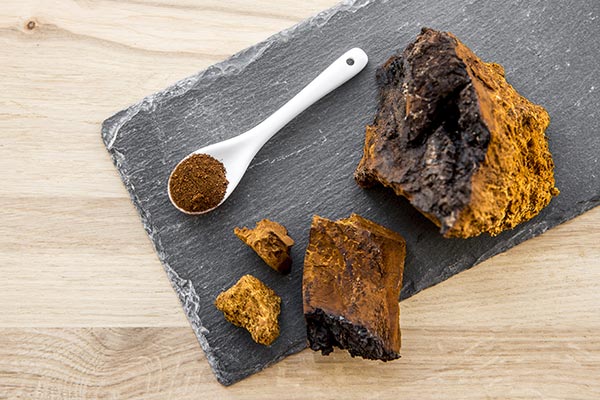
Enter any chain pharmacy these days and you’ll likely find an entire aisle devoted to vitamins and supplements. Which isn’t surprising, given Americans spend roughly $30 billion on them annually.
Article by Carolina Branson
Problem is, as noted by Jane Brody in a recent New York Times article, there’s mounting evidence that supplements provide essentially no benefit to most people who take them. She asks: “All of which makes one wonder why people, myself included, opt to take one or more dietary supplements?”
Click around the Times’ health section and you’ll find a likely answer in another story dated for the very same day: Vitamin D linked to longer breast cancer survival. It’s a short little blurb on an observational study that showed women with higher levels of vitamin D had better outcomes than those with lower levels.
The article concludes with a quote from the study author saying that there is no proof that vitamin D caused an improvement in breast cancer survival. That’s commendable context, and something we wish more stories about observational studies took the time to explain.
But there’s a catch: prior to delivering that nuance, the story repeatedly describes “the effect” of vitamin D on breast cancer outcomes, suggesting that the vitamin was in fact responsible for the benefit.
The contradiction is emblematic of broader problems with the way many journalists cover supplements. Inconclusive research is characterized as conclusive, the larger evidence context is ignored, and important marketing influences may get overlooked.
So how can journalists do better?
Tip 1: Dial back stories based on observational studies.
Observational studies, while sometimes useful in generating hypotheses, almost never prove that one thing caused something else. An observational study is one that is watching for trends or outcomes among certain groups of people in the real world. It’s different from an experimental trial, where more effort is taken to limit confounding variables that could skew the results.
For example, “in observational studies, people who have higher levels of vitamins in their blood may be healthier in a variety of ways due to general overall better diet and health behaviors,” explains Dr. Kathleen Fairfield, a HealthNewsReview.org contributor who practices primary care internal medicine at Maine Medical Center and is a health services researcher at the Center for Outcomes Research and Evaluation. “So, it appears that the association observed (less cancer or better survival) is directly related to vitamin levels, but in fact the higher vitamin levels are just a marker of overall health.”
It’s problematic when media outlets run these stories without a critical lens as we have pointed out before. The same is true with the news on supplements. Too often, observational studies about how vitamins (or lack thereof) are tied to disease risk or improved health get major media play, and then more rigorous studies, such as those that randomly assign participants to a take a supplement or a placebo, negate those stories.
Yet, in the interim, many people feel they are either safeguarding or “enhancing” their health by taking supplements.
This is especially true of vitamin D, which becomes the vitamin de rigueur in the winter months as the days grow short.
“The media, health professionals, and consumers alike latched onto the idea of this nutrient as a major breakthrough for any number of conditions, without a full understanding of how it worked, how much was ‘enough’ for any one person, or if it even truly worked at all,” said HealthNewsReview.org contributor Allison Dostal, RD, PhD.
This is not to suggest that randomized, controlled clinical trials of supplements are a panacea — far from it — or that other types of studies aren’t equally problematic. We are simply acknowledging that observational studies — which are often cheaper, easier, and faster to conduct than clinical trials — are a very common way for researchers to explore the role of dietary supplements in human health. Consequently they receive a great deal of attention from the news media.
No study exists in a vacuum, however, which is why we always encourage journalists to look more broadly than the results that are right in front of them — no matter what kind of study it is that they happen to be covering. Here’s how:
Tip 2: Try a “big-picture” look.
Too many stories look individually at the “study of the day” that reports on a narrow question using weak methods. Just last week we had these examples: a HealthDay story that claims that low vitamin D levels may increase bladder cancer risk (based on tests in cell cultures), while another from LiveScience reports that low vitamin D levels are tied to asthma risk (in a questionnaire-based observational study).
There is little value in reporting on very preliminary studies like these that are fresh off the conference circuit and have received minimal scrutiny from other experts. But if they must be covered, journalists would do well to place them in a broader context. Emphasize the inconclusive nature of the research high up in the story, explore gaps in the current evidence and look at what other research on the question has found. Most importantly: don’t suggest a certainty that simply doesn’t exist, as this can leave your readers vulnerable to whiplash when the next contradictory study makes the rounds.
Here are a few commendable examples we have reviewed recently: A nuanced reading of study findings on vitamin D from The Washington Post, and Vox.com did a great job “digging deep” into the science on melatonin supplements. In both of these cases, the framing is conservative; readers can make sense of what research has already been done, and what it means for them.
Tip 3: Always point out the lax regulation and marketing influences at play.
It’s important to remember that supplements are loosely regulated in the United States, meaning that they don’t go through the same formal approval process that the U.S. Food and Drug Administration conducts for prescription drugs. This means their efficacy, safety and interactions with other drugs aren’t as well-established.
Also, the financial landscape for these products is fraught: major players including Johnson & Johnson and Pfizer have holdings in the supplement industry, and are continuing to expand because of rising consumer demand and a freewheeling regulatory environment. Add to this the shameless endorsements of celebrity spokespeople and you have a recipe for consumer confusion.
To counter this, finding independent experts is key–interview those who don’t have a vested interest in the publicity, and who can comment knowledgeably on the findings.
Tip 4: Are you being too positive?
In a 2014 media analysis of 294 newspaper articles about vitamin D, Canadian researchers found a clear pattern to the coverage:
“Although print articles referred to a wide range of scholarly research on vitamin D with varying degrees of endorsement for supplementation, a general tone of support for vitamin D supplementation in media coverage persisted,” their report said. “As a result, an overarching narrative emerged that celebrated vitamin D as a wonder drug that is ‘good for everything.’
“Our study also highlights the need for good, independent and reliable sources of health information that present a more nuanced and contextualized picture of the relevant science.”
Good, independent and reliable sources of information–this is the heart of journalism. By stepping back from tempting observational studies, and going for a bigger-picture look that gives readers the nuances they need to know to be fully informed, you can meet that need.
Read more at: healthnewsreview.org

